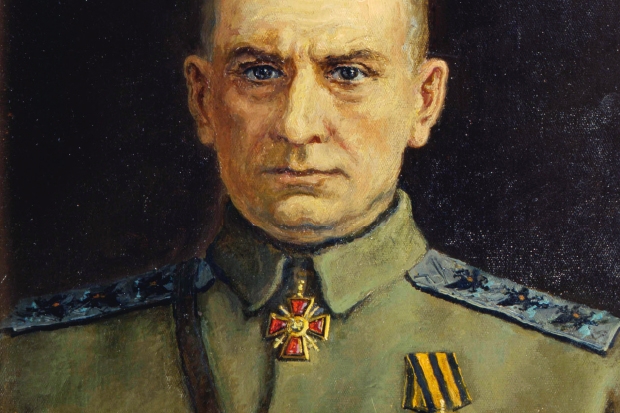On the 24–25 October 1917 (according to the Julian Calendar, or 7–8 November according to the Gregorian) the political disputes which had shaken the Russian empire reached a peak. The provisional government, or All-Russian Soviet of Workers’ and Soldiers’ Deputies (which had been formed in the wake of the February revolution and abdication of Tsar Nicholas II) was stormed by the Bolsheviks. These men and women — whom Churchill later described as ‘swarms of typhus-bearing vermin, vampires, troops of ferocious baboons’ — quickly consolidated power in Petrograd, now St Petersburg. Their leader, Vladimir Lenin, believed that Europe’s workers would soon rise in violent struggle against their bourgeois oppressors; and ‘Red’ October is rightly considered one of the seminal moments of modern times.
But there’s much more to Russian history than one evening of sabre-waggling pomp and rambunctious gaiety at the Winter Palace. As Jonathan Smele makes clear, the October revolution fell within a decade of internecine carnage, trans-continental torture and picaresque chaos —broadly defined as the Russian civil wars.
The conflict which raged in Russia and central Asia was effectively a ‘world war condensed’, he writes:
Few would dispute that the ‘scope’ of what has been traditionally termed the ‘Russian civil war’ was stupendously extensive: after all, it was waged across (and beyond) the borders of a collapsing and then reconfiguring empire that enveloped fully one-sixth of the land surface of the globe; and it involved not only the 160 million or so inhabitants of that multitudinous and multinational imperium, as well as millions of inhabitants of neighbouring states into which the conflicts leached.
Between 1917 and 1921, 10.5 million people died and millions more were maimed, orphaned or widowed. An additional two million former subjects of the Tsar were forced into exile.








Comments
Join the debate for just £1 a month
Be part of the conversation with other Spectator readers by getting your first three months for £3.
UNLOCK ACCESS Just £1 a monthAlready a subscriber? Log in